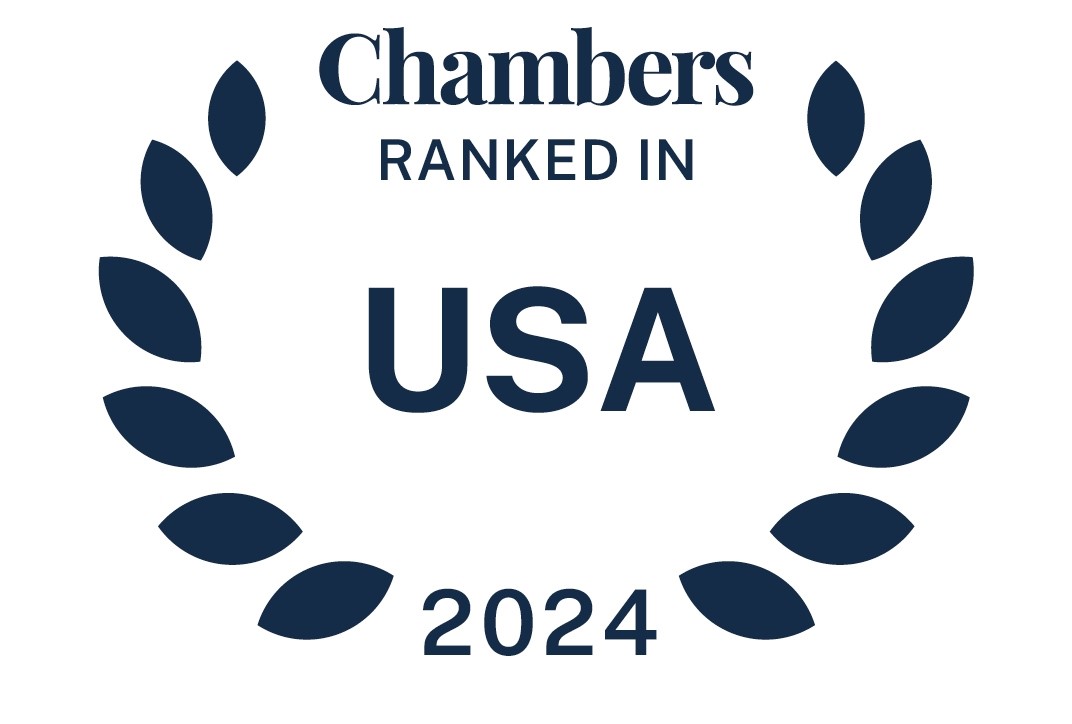What are some of the major health policy topics on Congress’s plate this year? In this report, our McDermott+Consulting team looks at some of the most popular topics, including physician payment reforms, site-neutral policies, rural healthcare and Medicaid regulations.
read more


 Subscribe
Subscribe




